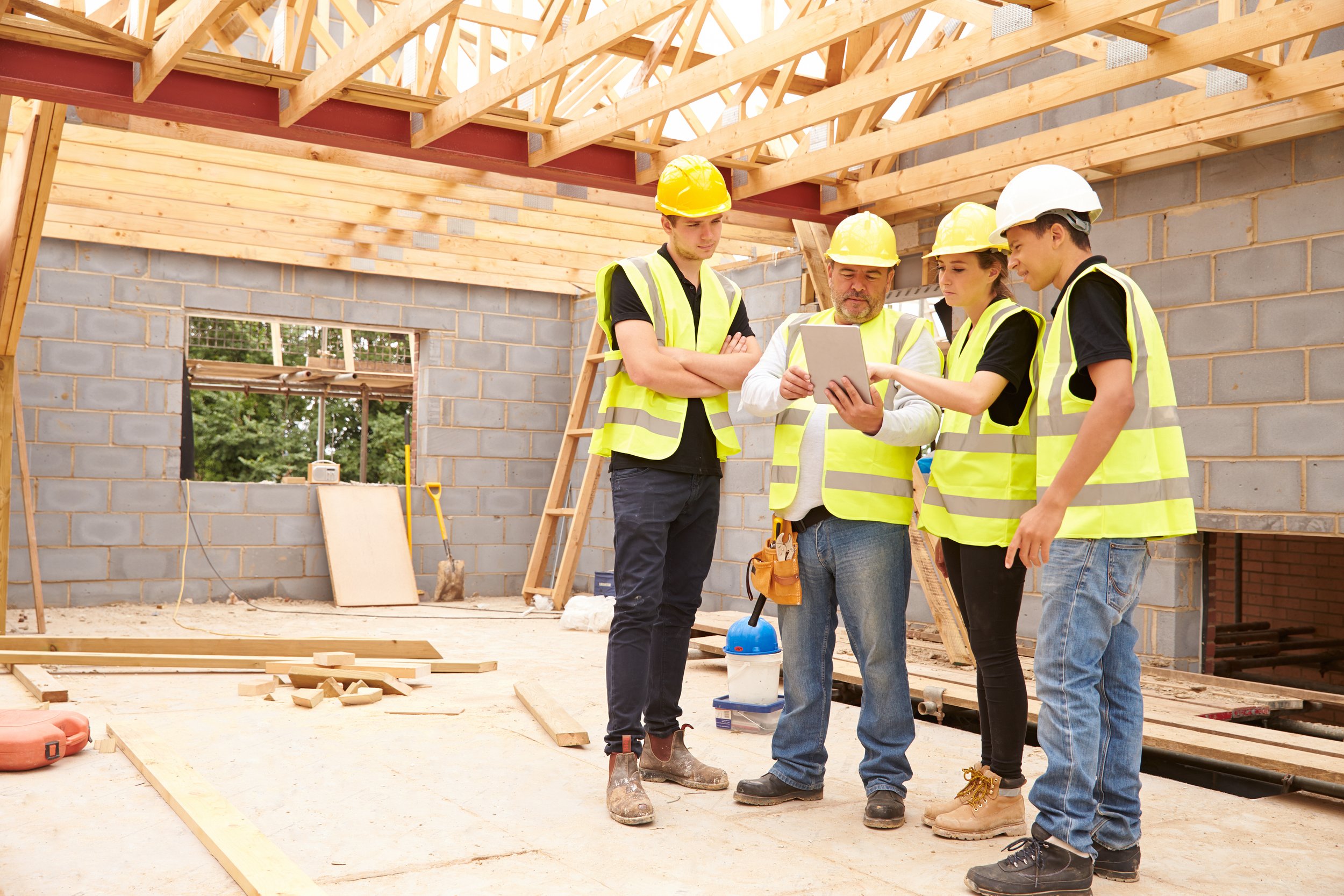
The new A Level – Built Environment
In Issue 1 we featured the new GCSE in Construction and the Built Environment, that was introduced in Welsh schools and colleges this academic year from September 2021. Now the A Level and standalone AS Level qualifications have been reviewed and will be available to deliver in colleges from autumn 2023. We take a look at what this new A Level in Built Environment has to offer students.
We have written in this magazine before about the skills shortage in the construction industry across the UK. Construction workers from the skilled trades to management roles of all kinds are in great demand particularly to address the rapid growth required to meet our house-building targets.
Part of the measures designed to tackle this shortage is the review of qualifications delivered in schools and colleges, which may be the first taste of construction a student gets. Do those qualifications reflect current working practices and techniques? Do they give a realistic experience of what skills are required to have a successful career in the sector? The new AS and A Level qualifications have therefore been updated to ensure they offer students a far better understanding of the built environment as a whole, including the professional and technical roles within it and the range of buildings, assets and structures that make up the sector.
The AS Level will comprise two units and the A Level four units (with units 3 and 4 being available for teaching from autumn 2024). These units, in summary, will include the following topics as an indication:
Unit 1:
Our Built Environment will include looking at the differences between low- and high-rise structures and the impact they may have; exploring the range of technical careers and roles available; the processes involved in designing and constructing sub- and superstructures and; introducing the factors to consider when designing the services (power, water etc) that a building will require.
Unit 2:
Our Built Environment will include looking at the differences between low- and high-rise structures and the impact they may have; exploring the range of technical careers and roles available; the processes involved in designing and constructing sub- and superstructures and; introducing the factors to consider when designing the services (power, water etc) that a building will require.
Unit 3:
Materials, technologies and techniques looks at the wide range of physical materials used in today’s construction industry, including their potential structural, thermal and acoustic properties. This unit also explores building services systems, including lighting, in more detail.
Unit 4:
Ooffers two potential routes for colleges to choose: Pathway A - Building surveying of commercial or residential properties or Pathway B - Surveying land. Both touch on key skills for surveying, but related to the specific pathway, including taking linear, levelling and angular measurements, conducting and recording surveys, and surveying equipment and equipment and converting, adapting and changing the use of buildings or land.
Students do not have to complete the GCSE Construction and Built Environment before starting the AS or A Level. All those with appropriate level 2 qualifications who are interested in developing new skills in this area are welcome. They qualifications will attract UCAS points in line with other AS and A Level qualifications so may be of particular interest in those considering a technical or professional role in the built environment (such as architecture or project management) at either Degree or Degree Apprenticeship level. For full time students, either qualification would complement a range of other subject choices, including Maths, Economics, Physics, Geography, Design and Technology, Business Studies, Art and Design or History.
More details on the syllabus and which schools and colleges in Wales will offer them will be available in the middle of 2022.
